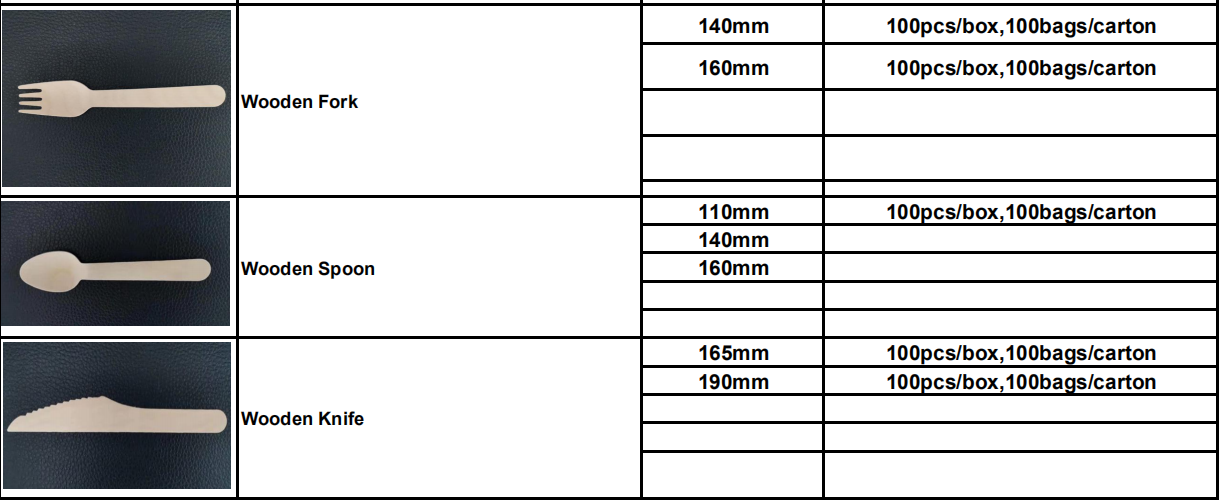: Abstract: Since 2000, nearly 11.77 million tons of nitrogen oxides have been released to the atmosphere each year in our country. Over 50% of these nitrogen oxides are generated from the emission of coal resources. In particular, the smog that has covered a large part of the country for a long time since 2013 is a wake-up call for people to protect the environment. Predict the future, about 20 years later, China's nitrogen oxide emissions may exceed the United States reached more than 20 million tons, which became the world's No. 1 emitter of nitrogen oxides, so our country for coal combustion control , As well as technical improvements are urgent. 1 burning on the environment hazards Nitrogen oxides are an integral part of their chemical reactions during the combustion of coal and other fuels. Nitrogen oxides, as used herein, refer primarily to nitrogen oxides produced after combustion, ie, nitric oxide and Nitrogen dioxide. It is well-known that these combustion oxides of nitrogen will dissolve in water, and when they are released into the atmosphere, they dissolve in the upper atmosphere to form nitric acid rain which is weakly acidic, which is what we say is acid rain . It is obvious that acid rain has a great destructive impact on the environment, such as the erosion of cultural relics such as stone carvings and sculptures, the erosion of plant leaves and roots in forests, and the shrinking of forests. Acid rain can even damage steel and concrete, They damage buildings, railroads, bridges, etc. Acid rain caused unpredictable economic, cultural and social losses. When the human body comes in contact with acid rain contaminated drinking water or direct contact with nitrogen oxides, their harm to human health is enormous: acid rain hurts the human body twice as much as animal damage to plants and animals, it erodes the digestive tract , Corrosion of the skin, the body's membrane hair have serious injuries. In addition due to nitrogen oxides in the human body and hemoglobin is very easy to combine, snatch oxygen, can easily lead to hypoxia caused by a series of sequelae, such as: nerve palsy, cerebral insufficiency and so on. In addition, nitrogen oxides are also very easy to form in the city called the city of photochemical smog, urban photochemical smog is the nitrogen oxides and hydrocarbons in the car exhaust to generate toxic nitro compounds, this Light blue substances will form photochemical smog when exposed to the sun, thus polluting the urban atmosphere and mixing the reaction products caused by solar radiation with other smogs, causing great harm to the human body, for example, corrosion of exposed organs, respiratory tract , The digestive tract and so on, so that these organs are strongly stimulated, for example, the lungs are stimulated, it will make people cough and asthma, the long run, endanger the overall trachea, bronchi, and lungs, inflammation and even serious people Carcinogenic. Photochemical smog damage to the human body is unpredictable, and its wide range of deep effects are unpredictable. 2 nitrogen oxides national emission standards Because of the strong influence of nitrogen oxides on human beings, economy, society and environment, China also promulgated relevant emission standards. In 2009, the State Environmental Protection Administration released the "Emission Standard of Air Pollutants for Thermal Power Plants" The highest concentration of not more than 200mg / m. Strict standards for the emission of nitrogen oxides, which prompted us to better improve the prevention and control technology, so in 2010, the Ministry of Environmental Protection also released "thermal power plant flue gas denitrification engineering specifications selective catalytic reduction" and "fire Power Plant flue gas denitrification engineering specification selective non-catalytic reduction "two norms, provides SCR and SNCR flue gas denitrification project design, construction, acceptance, operation and maintenance of technical requirements. 3 Introduction to SCR DeNOx Technology Among the many denitrification technologies, selective catalytic reduction (SCR) is the most advanced denitrification technology with the most mature denitrification technology. In 1975, the first SCR system demonstration project was set up at Shimoneski Power Plant in Japan. Since then, SCR technology has been widely used in Japan and has been successfully applied in Europe as well: up to 120 units of large-scale denitrification plants have been successfully assembled, Flue gas denitration can successfully denitrification rate reached 80% or more. The SCR method has become the mainstream technology of denitrification in the power plants at home and abroad. SCR (SelectiveCatalyticReduction) was originally intended for the selective catalytic reduction technology, with the voice of environmental protection in recent years increased, SCR progress has accelerated, and in developed countries have been successfully applied. Because of the high environmental protection efficiency of this kind of equipment, which does not cause pollution and mechanization and automation, it is more conducive to reduce production and environmental protection costs. Therefore, more and more companies, including the state, pay more and more attention to the development of SCR technology and have broad prospects for development. In the selective catalytic reduction technology, ammonia catalytic reduction method again. The principle of SCR denitration process is that the reductant (liquid ammonia) reacts with the nitrogen oxides in the flue gas to generate harmless nitrogen and water under the action of the catalyst so as to remove the nitrogen oxides in the flue gas. Selectivity refers to the reducing agent NH3 and flue gas NOx reduction reaction, but not with the flue gas oxygen reaction. Ammonia SCR and urea SCR SCR technology is the main two categories, the difference is that one is used ammonia, one is urea, but the principle is the same use of ammonia reducibility, the reduction of nitrogen oxides, Nitrogen oxides combined with ammonia generate nitrogen and water, nitrogen is the main component of the atmosphere, so no pollution to the atmosphere, the human body, the environment, no harm, water needless to say, but also no pollution. The equation for urea decomposition of ammonia is: NH2CONH2 + H2O → 2NH3 + CO2 The NOx removal efficiency of the SCR system is usually high, with the ammonia injected into the flue gas almost completely reacting with NOx. However, there are still some phenomena of ammonia escaping. For example, the aging of the catalyst and the uncleanness of the instrument system will increase the amount of ammonia escaped. Therefore, it is necessary to regularly inspect the instrument and change the catalyst to ensure the denitration efficiency of the flue gas. When performance standards of denitrification efficiency and / or ammonia slip can not be guaranteed, new catalysts must be added or replaced in the reactor to restore catalyst activity and reactor performance. The period from when a new catalyst starts to be replaced is referred to as catalyst life. 4 denitrification process The reductant (ammonia) is transported by tank truck and stored in a liquid form in an ammonia tank. To facilitate better reflection, the liquid ammonia needs to be converted to ammonia gas. The gasified ammonia is mixed with the dilution air through an ammonia injection grid Is injected into the flue gas upstream of the SCR reactor; the thoroughly mixed reductant and flue gas react with the catalyst in the SCR reactor to remove nitrogen oxides. SCR denitration system is mainly composed of SCR catalytic reactor, ammonia injection system, flue gas bypass system, ammonia storage and preparation system. The reaction equation is: 4NO + 4NH3 + O2 → 4N2 + 6H2O 6NO + 4NH3 → 5N2 + 6H2O 6NO2 + 8NH3 → 7NO2 + 12H2O2NO2 + 4NH3 + O2 → 3N2 + 6H2O The main equipment involved in flue gas denitration are: 1. Liquid ammonia evaporation tank Liquid ammonia evaporation is mainly used for liquid ammonia evaporation, the formation of ammonia, easy to participate in the denitrification reaction is an integral part of the overall equipment.
Biodegradable knife fork spoon
FAQ
Q1: Are you manufacturer or trading company?
A1: We are manufacturer.
Q2: What is the material of products?
A2: Natural Birch.
Q5: Do you provide samples?
A5:Yes, free samples available.
Disposable Spoon,Flatware Wooden Spoon,Wooden Spoon Set,Flatware Spoon Set Dalian Yongtailong Wood Industry Co.,Ltd , https://www.ytldisposablegoods.com


Q3: How long will you deliver the products?
A3: 30~60 days after receiving 30% T/T deposit.
Q4: What is the payment term?
A4: T/T 30% as deposit in advance and balance 70% should be paid when goods ready to ship or L/C at sight.
Application of Low Nitrogen Combustion + SCR Technology in Flue Gas Denitration of Coal - fired Boiler